How the Gotham Knights prequel comic explores Batman's city - and his death
Batman: Gotham Knights - Gilded City writer Evan Narcisse talks about the game, Batman's legacy, and writing the prequel comic

What happens in Batman's final mission before he dies, and what does it have to do with the historic vigilante the Runaway?
These questions are answered in Batman: Gotham Knights - Gilded City, a six-issue limited series comics prequel to the upcoming Gotham Knights video game. Written by Evan Narcisse and drawn by Abel, Gilded City follows Batman in the present day and the mysterious Runaway in the early 1800s as both figures deal with a similar problem: Gotham's citizens are being infected by a strange virus, and all hell is breaking loose.
In addition to exploring the city's history and Batman's legacy in a stand-alone story that's both a thematic and chronological prequel to Gotham Knights, each issue of Gilded City will also offer players redeemable in-game items and skins. After the first issue's debut on October 25 (four days after the game's early release), the comic will follow a monthly release schedule and conclude in March 2023.
Ahead of both the video game's release and the comic book's debut, Newsarama spoke with writer Evan Narcisse about the key differences between Batman and the Runaway, the difficulty of telling this particular story, and what readers can expect from the Gotham Knights tie-in.

Samantha Puc for Newsarama: Aside from its tie-ins with the Gotham Knights video game, is there anything readers need to know before jumping into Gilded City?
Evan Narcisse: I took for granted that most of our potential readers would know that Batman has an extended family of operatives and adopted partners. I feel like it's probably permeated within pop culture enough, the idea Batman doesn't always work alone. Despite the fact that the most recent Batman movie went hardcore on him being a solo act, it's actually one of the things I like about his publishing history.
Certain adaptations seem to be uncomfortable, like squirming against the idea that like, 'Oh yeah, he's gonna adopt a little kid and have him be his junior partner.' Whereas like for me, I'm like, yeah, let's do it. Let's go all the way there. I wanna see what the Robert Pattinson Batman does with a junior partner. I honestly want a Dick Grayson who just makes fun of his eye makeup and sour mood all the time.
Get the best comic news, insights, opinions, analysis and more!
I think that's the only assumption [in Batman: Gotham Knights - Gilded City]. I try to explain the status quo a little bit. I took for granted the idea that Batman's a superhero. Supervillains and certain characters are mentioned in passing, hopefully with enough like context for people to understand. Batman's a billionaire superhero who dresses up as a bat and has inspired other people to follow his kind of methodology. But also there's tensions within that.
Nrama: Are you doing any work on the game itself?
Narcisse: I gave feedback and wrote some dialogue and some scenes, so I did work with Warner Bros. Montreal for an extended period of time on the game.
Nrama: What are the differences between working on a game and working on a comic?
Narcisse: Oh, man, so many. It depends on the narrative structure and goals of the game, right? If you're working with something that's linear and single player, that's obviously closer to like a comic or a movie script, but you still have to account for player interactivity and input. So you might remind them that, 'Hey, the way to solve this puzzle is this thing, or use this ability again.' It's as much directive as it is storytelling. That's something unique about the difference between the two forms.
For me, my approach is always to start thinking about a project from the inside out, from the character's perspective. There's no standardization in either form, like comic book scripts can look like a movie script. Some people write them with really intense formatting. Some people write them with just a little bit of formatting and a little bit of instruction for the artist.
In video games, usually you're working asynchronously with other disciplines, whether that's sound design or visual design or level design. Sometimes you need to resync with other disciplines to make sure you're all moving towards the same goal in the same way. I'd say the biggest difference is there's a lot more moving parts to video games than there are to comics.
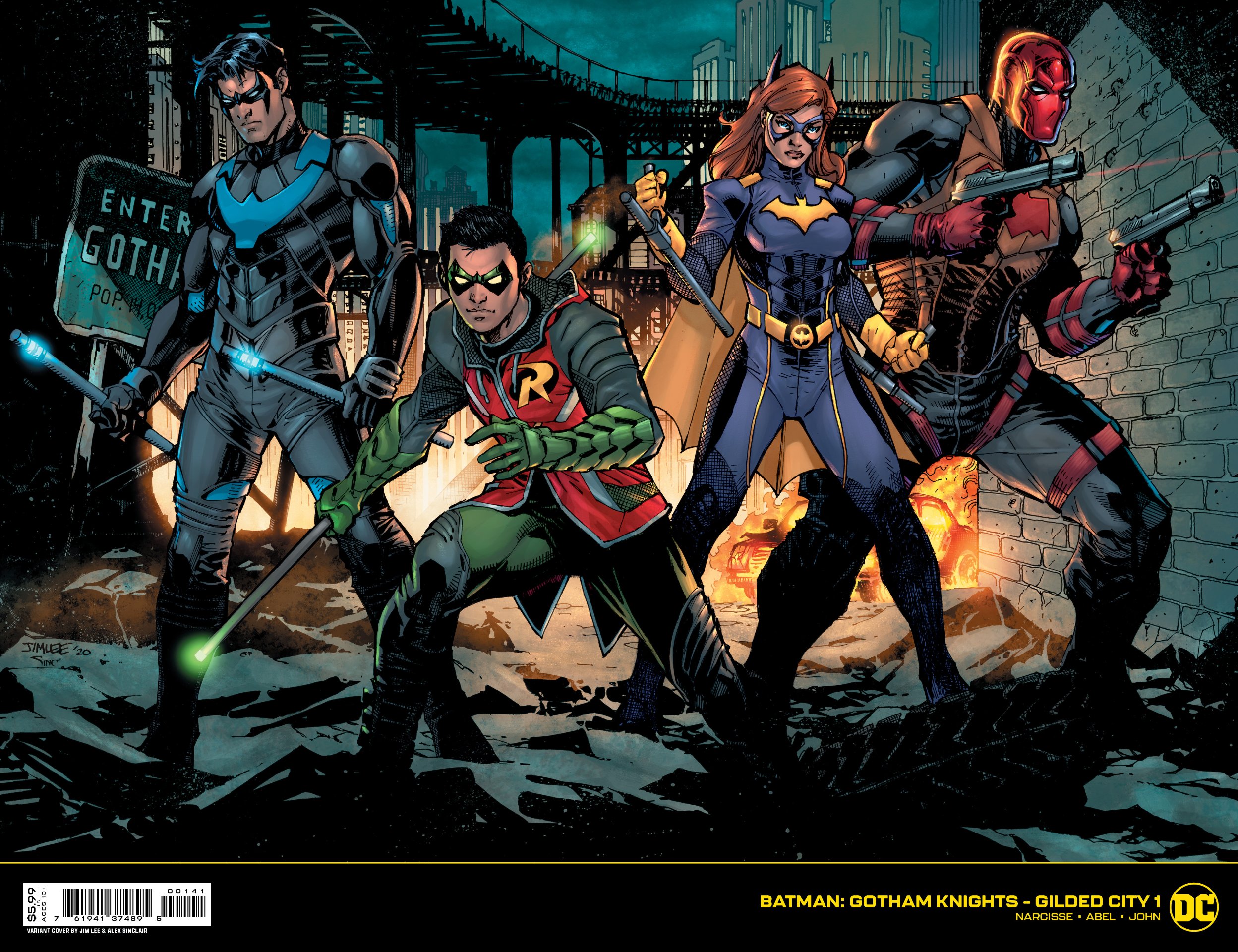
Nrama: How did you focus on the pacing in the comic book to keep readers invested once they've finished the game?
Narcisse: I thought about that and I had some discussions with the dev team about that, like concerns that certain elements and certain issues might spoil the story. But mostly I just wanted to tell a complete story unto itself in the comic, one that wasn't dependent on you ever playing the game.
I've been saying that it's more of a thematic prequel than an actual chronological prequel. It does happen before the game, but it's not like the plot beats from the comic feed directly into the game. It's more like, 'OK, here's where this family was and here's what they were dealing with right before the events of the game.' That's what my approach was.
If you play the game, the comic might read a little bit differently, but hopefully it's still its own unique experience without having to play.
Nrama: What's your favorite element of the story in Gilded City?
Narcisse: Delving into Gotham's history. With the game using the Court of Owls as a major antagonist for the orphans to fight against, that let me go back in the past like, 'OK, let's see how they intertwine with Gotham's history from a different perspective.'
Obviously a lot of work has been done in that regard already. There was the Batman: Gates of Gotham miniseries that Kyle Higgins and Scott Snyder wrote [with art by Trevor McCarthy], dealing with a similar time period in Gotham - maybe only the difference of a couple decades compared to Gilded City - and Snyder himself has done a lot with the Court and their influence on Gotham over the decades and centuries. But I wanted to look at it from a different perspective, right?
The Runaway is a character who doesn't share the same socioeconomic class as either the elites of the past who formed the Court of Owls or Bruce Wayne in the present. What does it look like when you are a member of the class of people that are being exploited and fighting against the Court of Owls? That was the perspective I wanted to look at.
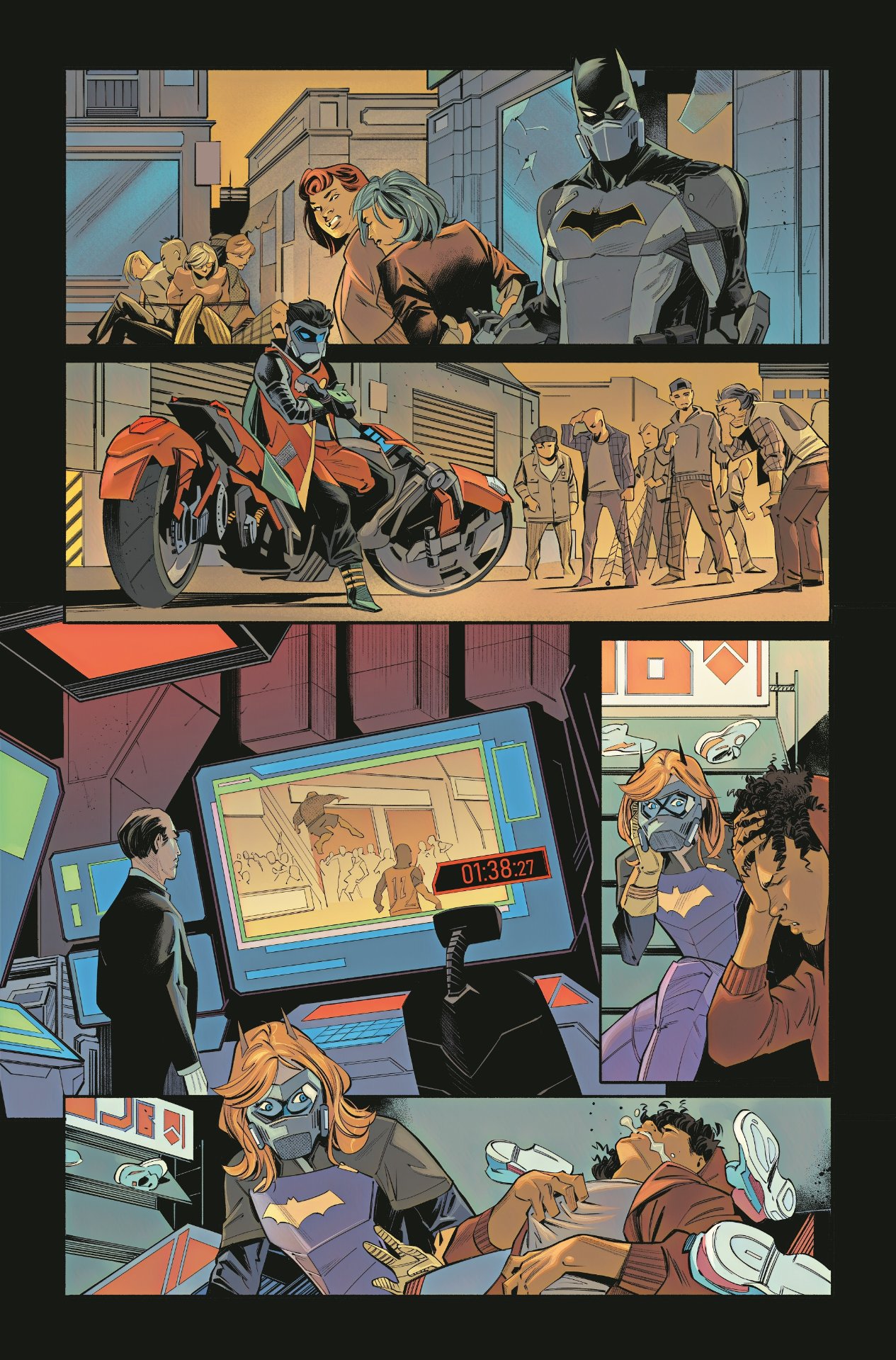
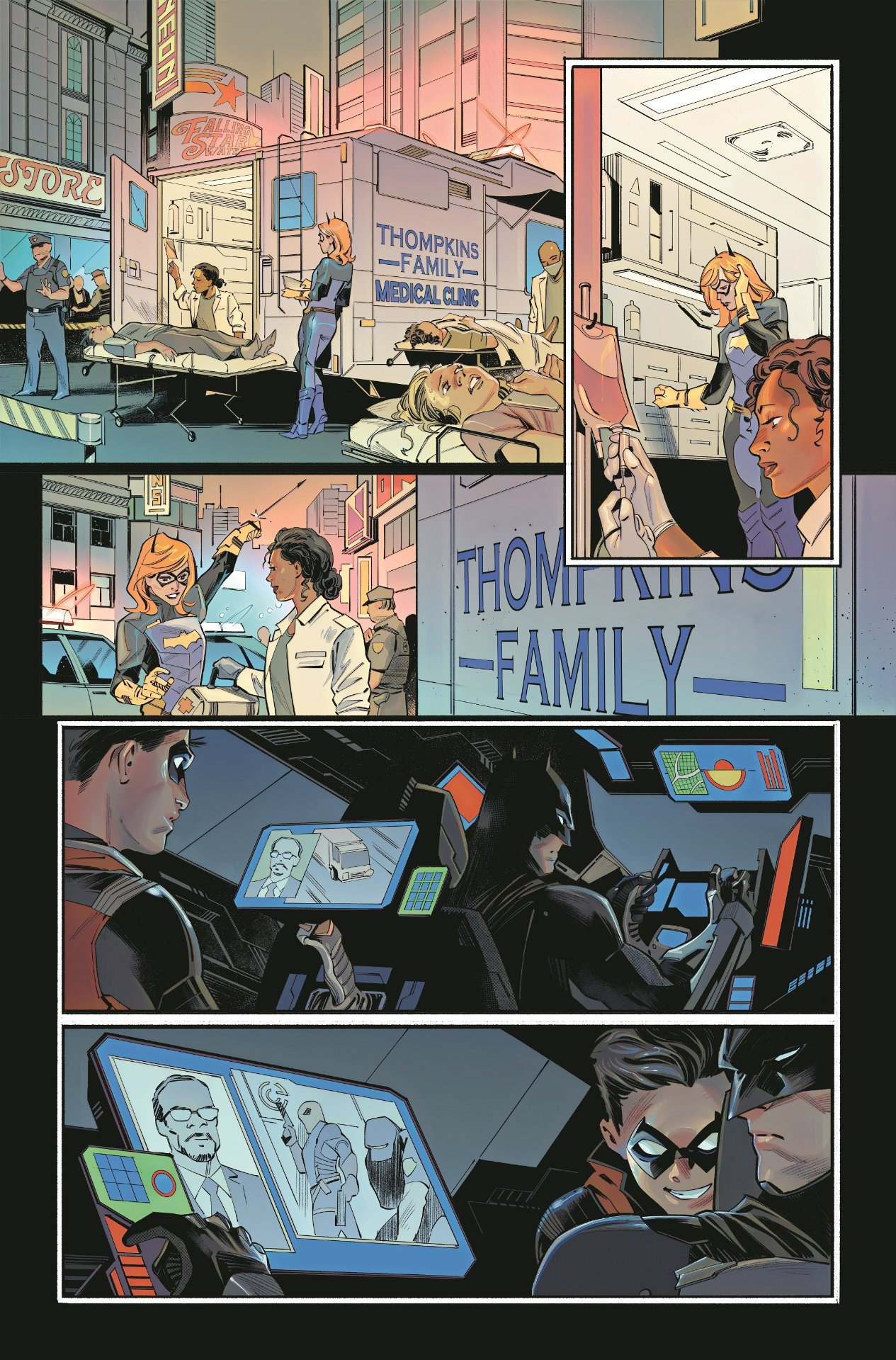
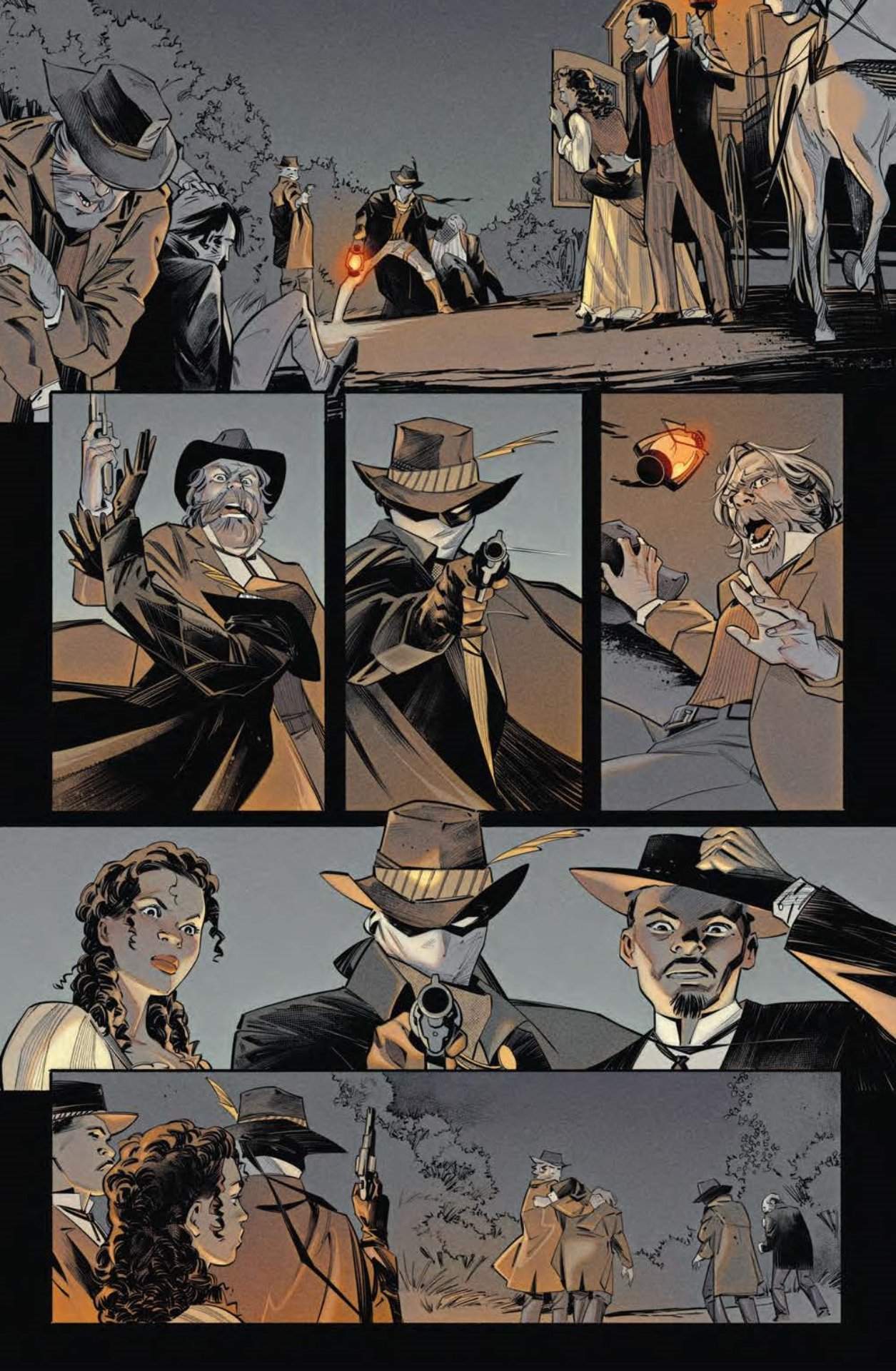
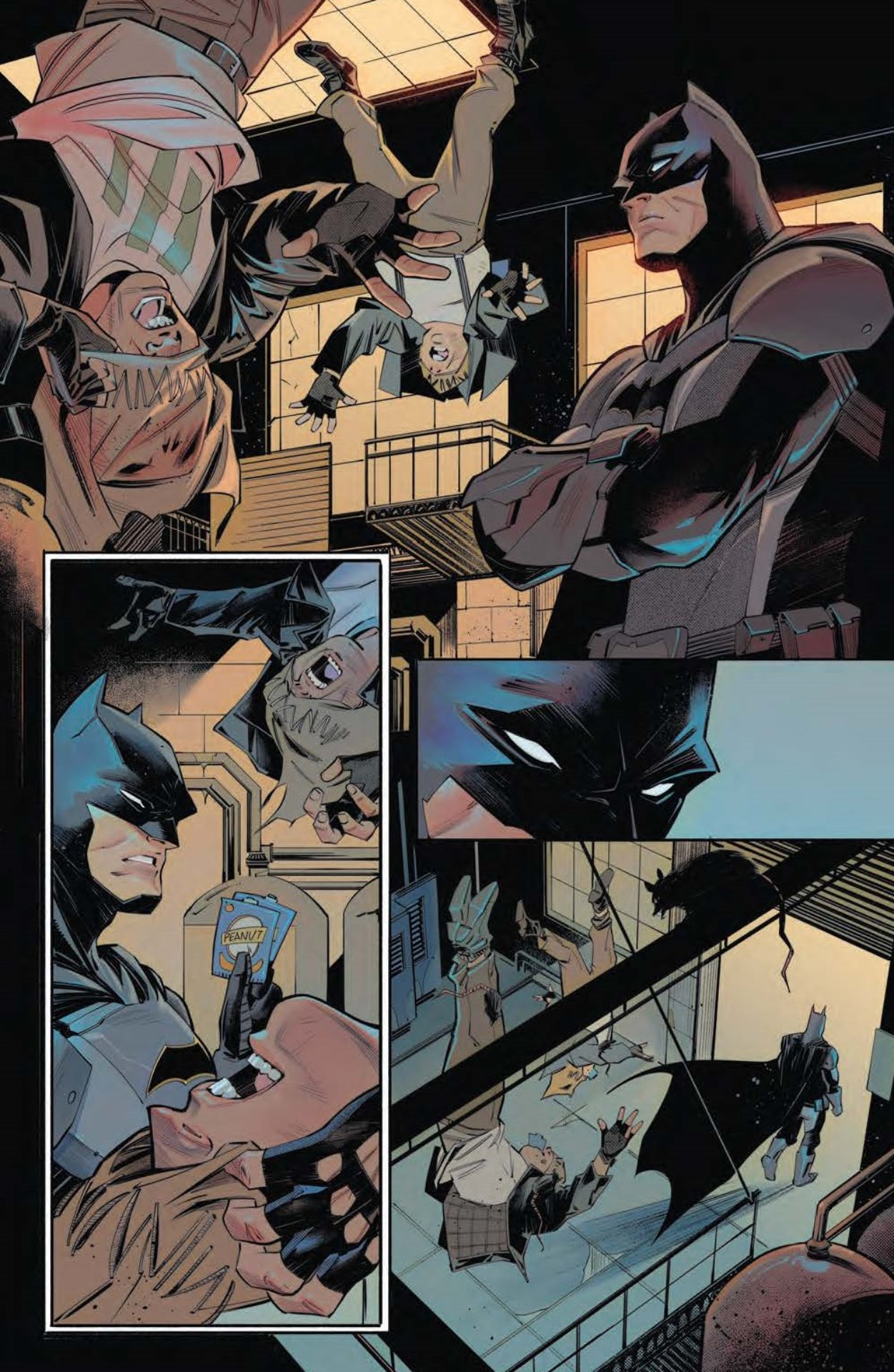
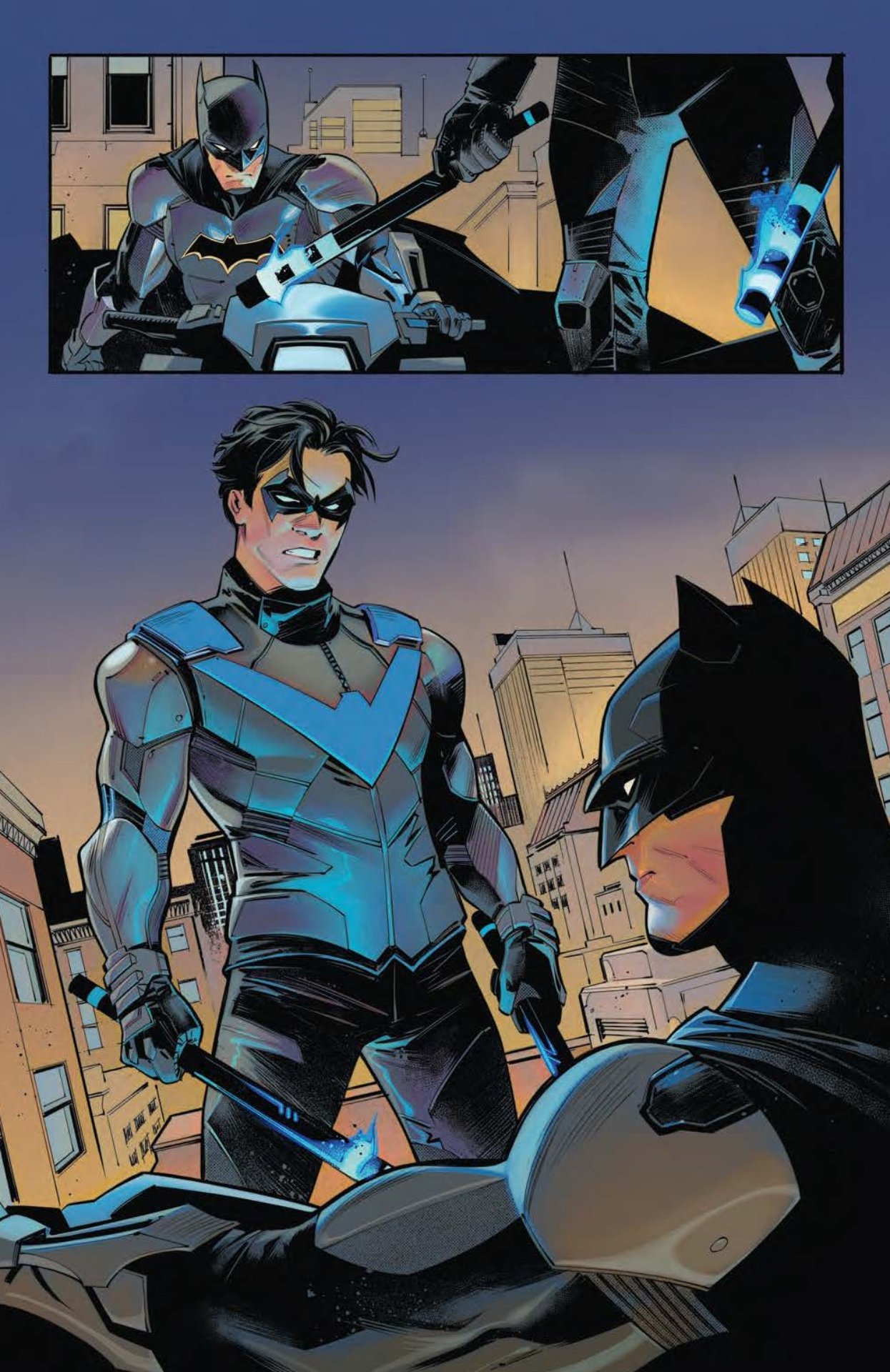
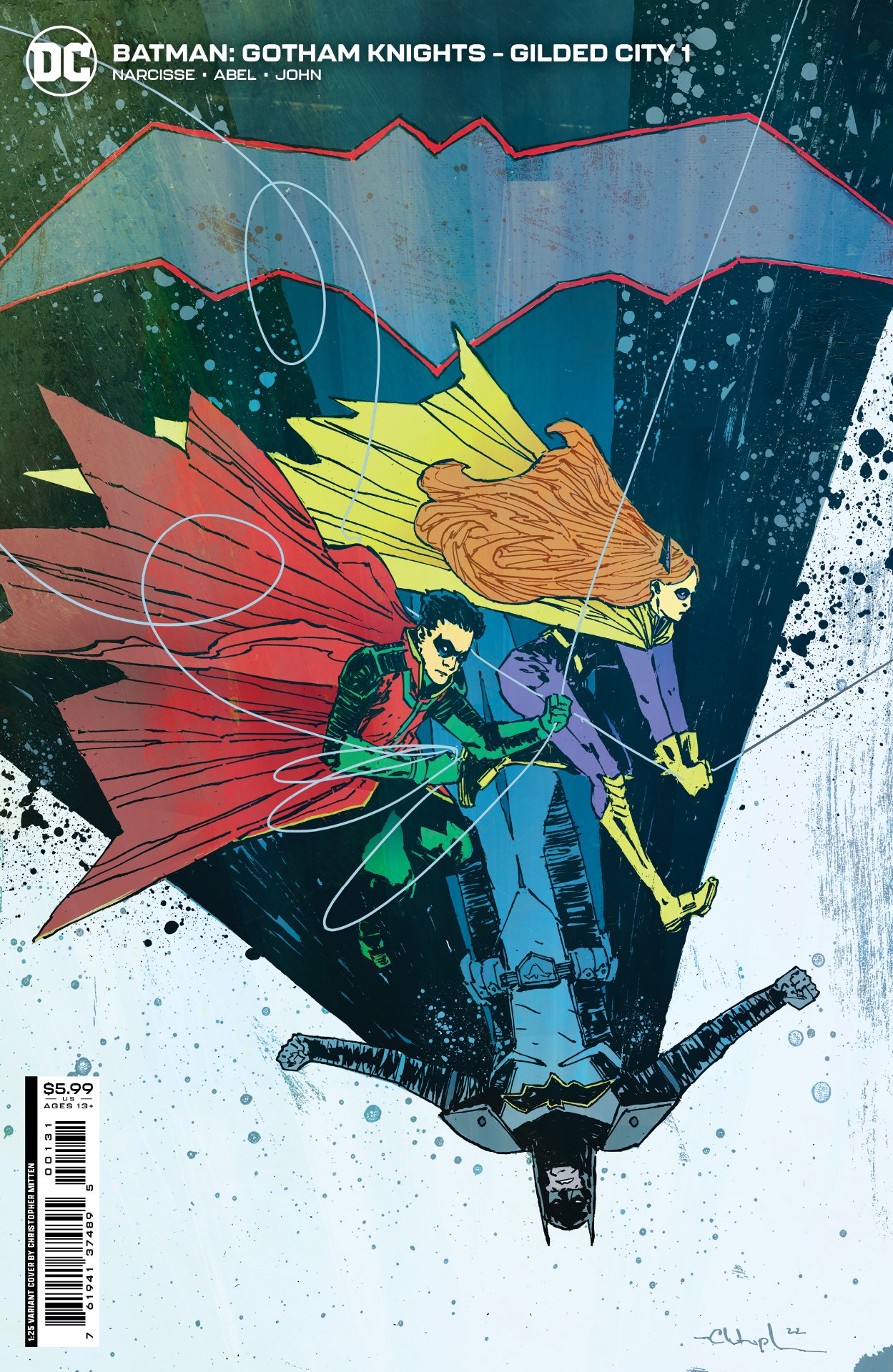
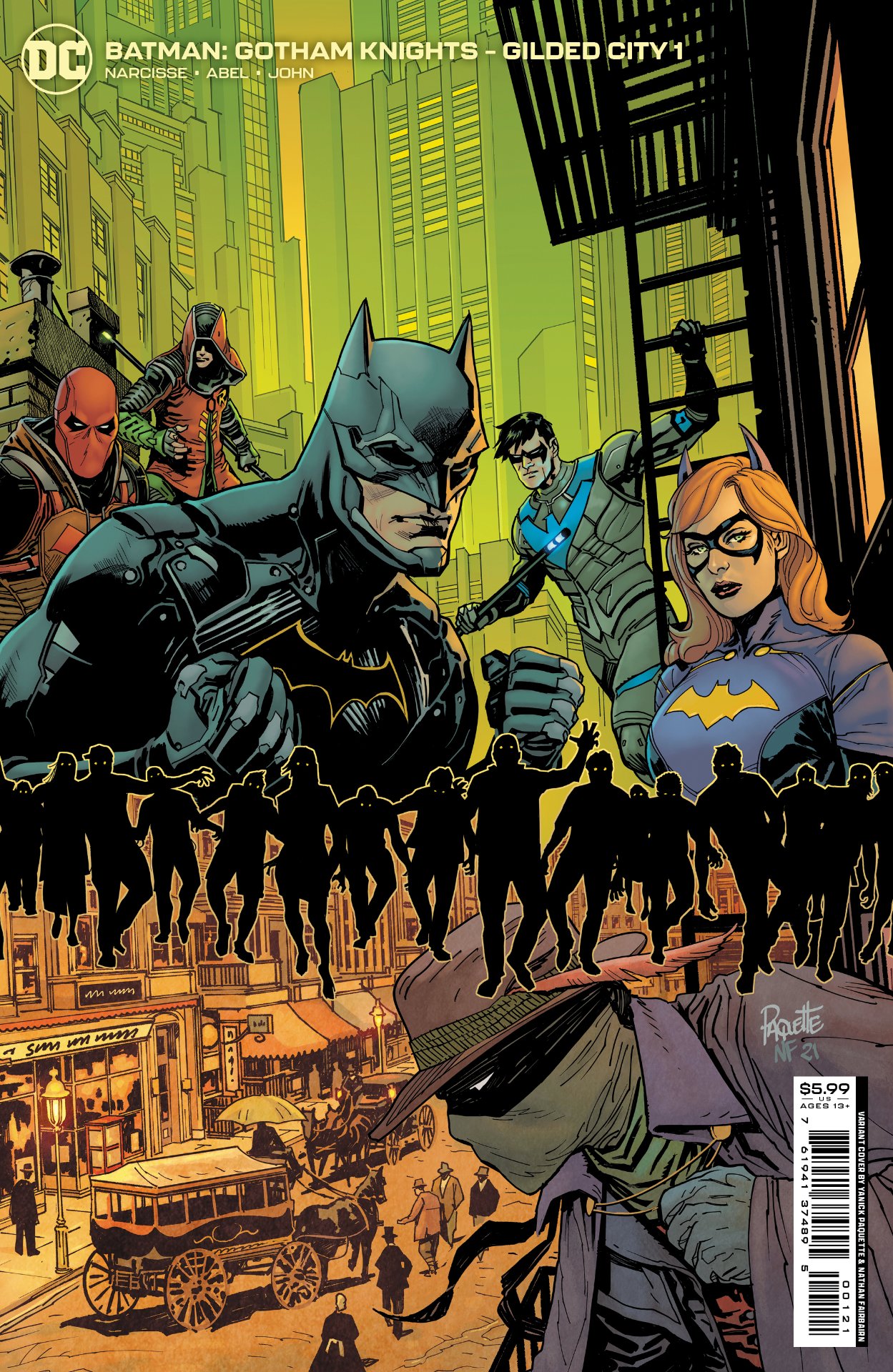
Nrama: Speaking of the Runaway, what can you tell us about that character?
Narcisse: To be perfectly blunt, the Runaway started off as needing to service a story need and needing to have a character who served as a protagonist in a different time period where Batman and his family didn't exist. I didn't wanna do like a Gotham by gaslight kind of riff where I was like, 'Oh, there was another version of Batman in the 19th century.'
I wanted to do something a little bit different. One like the kind of latter day additions to the mythos of Batman was that the Waynes were going to see the Mark of Zorro, so what if there was a Zorro-type character in the past who unbeknownst to anybody in this story who had been doing similar things to what Batman did?
The Runaway's identity is meant to be a mystery, but the mystery is not the point. The point is, what motivates this character? How does this character speak to the times their adventures are happening in? Just a different kind of angle on this adventurer/avenger of the night archetype that we know Batman exemplifies.
One of the things that's great about superhero comics is how you can take an idea and turn it and see different facets and how the light reflects off of it differently. That's something that's always interested me so much as a reader and now creator, and I just wanted to do my own little spin on that and experiment a little bit.

Nrama: How did you go about balancing the two different timelines in this story?
Narcisse: This was probably the hardest comic I've ever had to write, because balancing a big cast like this and two different time periods with a plot that threads throughout all that stuff was really tricky. I hope I did a good job. Obviously, readers will be the ultimate arbiter. Balancing everything was first about [determining] how the various parts thematically support each other, like the threat that everybody's dealing with and the time periods, making sure those felt well woven together.
For me, I always approach a project like this like, 'OK, what do I want to hear these characters say? How are they speaking to me?' You know, it's the worst cliché in the world when writers talk about the characters talking to you, but I've sadly discovered that's true. Jason wound up talking a lot more to me than I thought he was going to, for example. It was about making sure I could flush out those moments that really excited me from the beginning of the project conceptually and give them context.
Issue #2 has a really intense scene between Batman and Nightwing, and I was like, 'OK, how do I use this to buttress the rest of the story?' The idea that Batman may not have been such a great dad or mentor obviously is not original to me, but what's an angle on that I can find that speaks to me? That was kind of the goal.


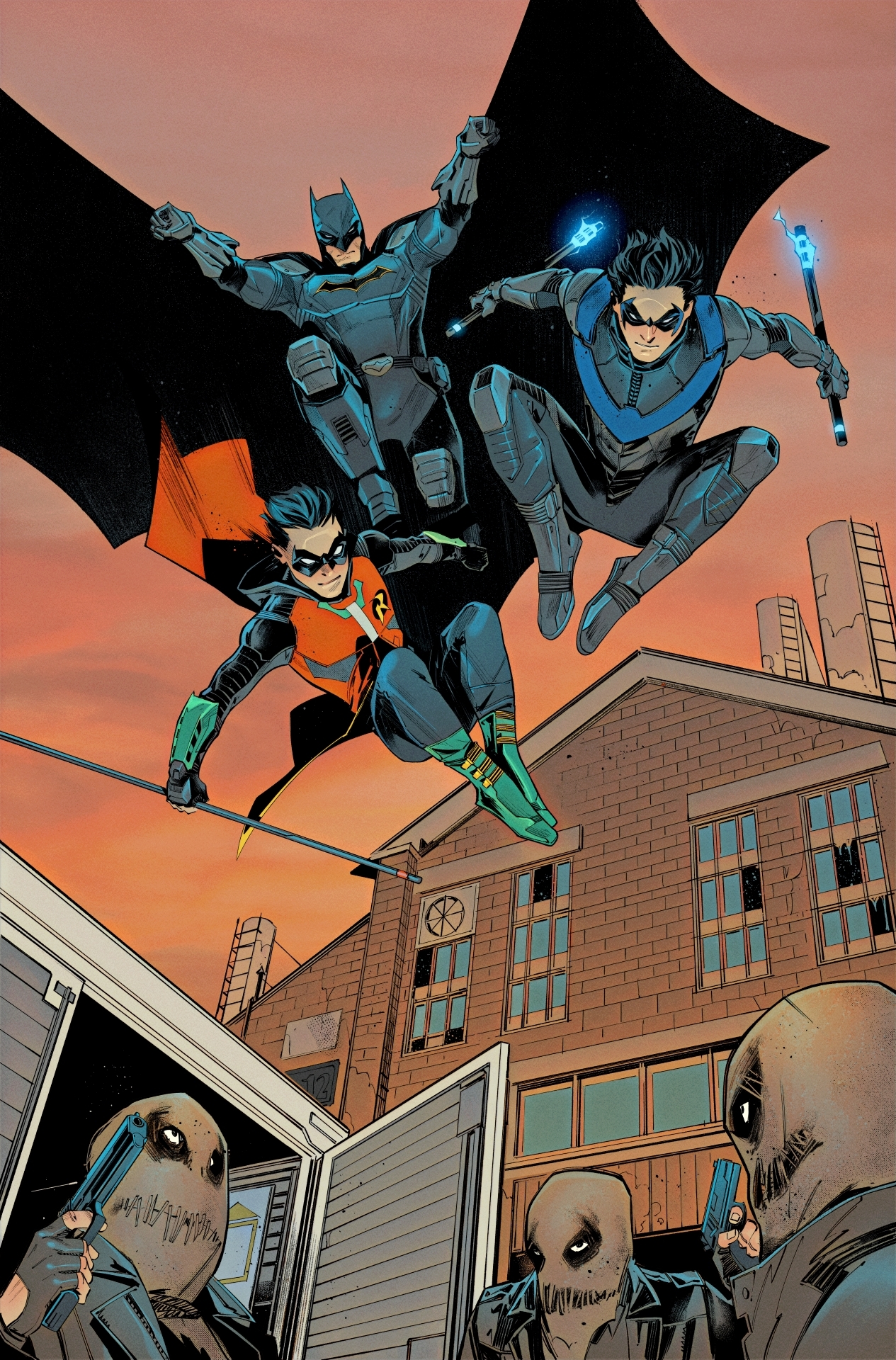

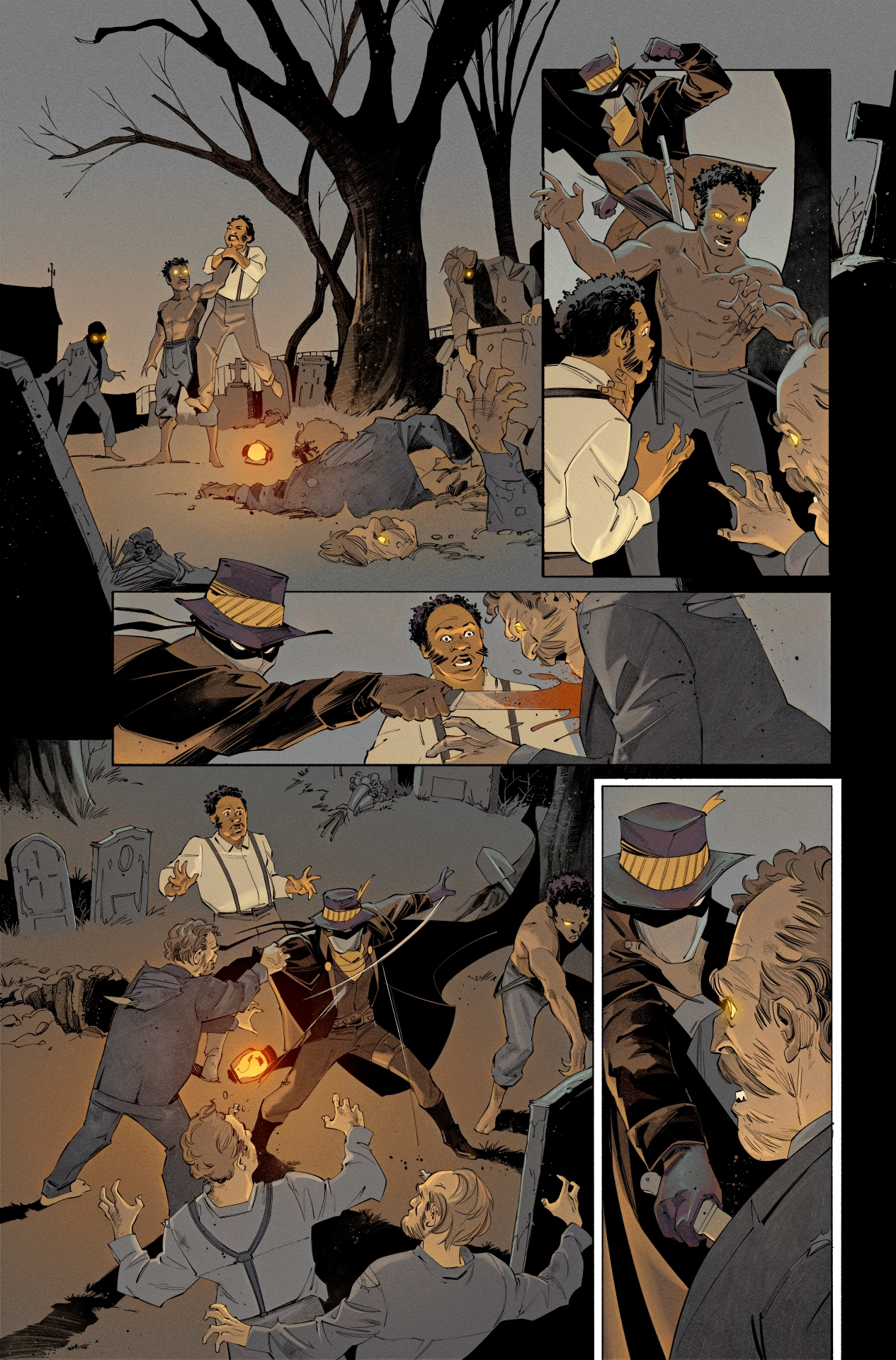
Nrama: What are you hoping readers actually take away from Batman: Gotham Knights - Gilded City?
Narcisse: Obviously I want my fascination with these characters to fuel their experience of the story. I love these characters a lot and have since I was a kid. I also want them to think about power imbalance in Gotham as a society and how Batman's way of dealing with that and how it engenders "criminal behavior" is one way.
I kind of hope that the Runaway gives a different perspective on some of that stuff. There can be philosophical differences under the same kind of rubric and genre concepts. I think that's something the superhero genre can still do a lot more with. You always hear "representation matters," and it does, but so does really letting people from different cultural backgrounds express their points of view on what justice looks like. It might look different for somebody who doesn't have Bruce Wayne's money and philosophical upbringing. I just want to gesture at that.
There's an obvious need for this story to do certain things that I had to kind of prioritize, but I try to at least gesture at the idea that different backgrounds can inform different kinds of heroism. It's personally important to me. It's just something I wanna try and keep on exploring in my comics work and other work.
Nrama: This is being billed as Batman's last mission before he dies in the Gotham Knights video game, which is when the Bat-family takes over. Since you knew that had to be the end result, how much did that inform the storytelling itself?
Narcisse: A lot. I'm the kind of writer who tends to think about the ending when I'm starting out. It's not like I have Batman looking to the camera and being like, 'You know, if I don't survive this, then I want you kids to do this.' It was more about, where is he at with the various members of the family? Some of them are estranged. How does he reckon with that? How do they reckon with it? How do they talk to each other about Bruce?
I'm just giving a series of snapshots about where they are in their lives and how they're putting their own spin on being a member of the Bat-family. And there's a little bit of sibling rivalry. Showing the family dynamics to me was of the most important part of this project, showing how they understand Bruce as a mentor and father figure. Me and my siblings still talk about our parents, like, 'I wonder why they did that,' or, 'They're kind of like this, right?' When you become an adult, you understand your parents and the choices they made in a very different way. Now that I'm a parent, I hear my mom's words coming outta my mouth. I'm like, 'Goddammit, it's happening.'
So I used that as an impetus to think about these characters from the inside-out and how they might talk about their really weird experience like, 'OK, I'm gonna dress up like this other dude and try to make a difference in the world using these same kind of methods. But oh, wait, he's kind of weird, right?'
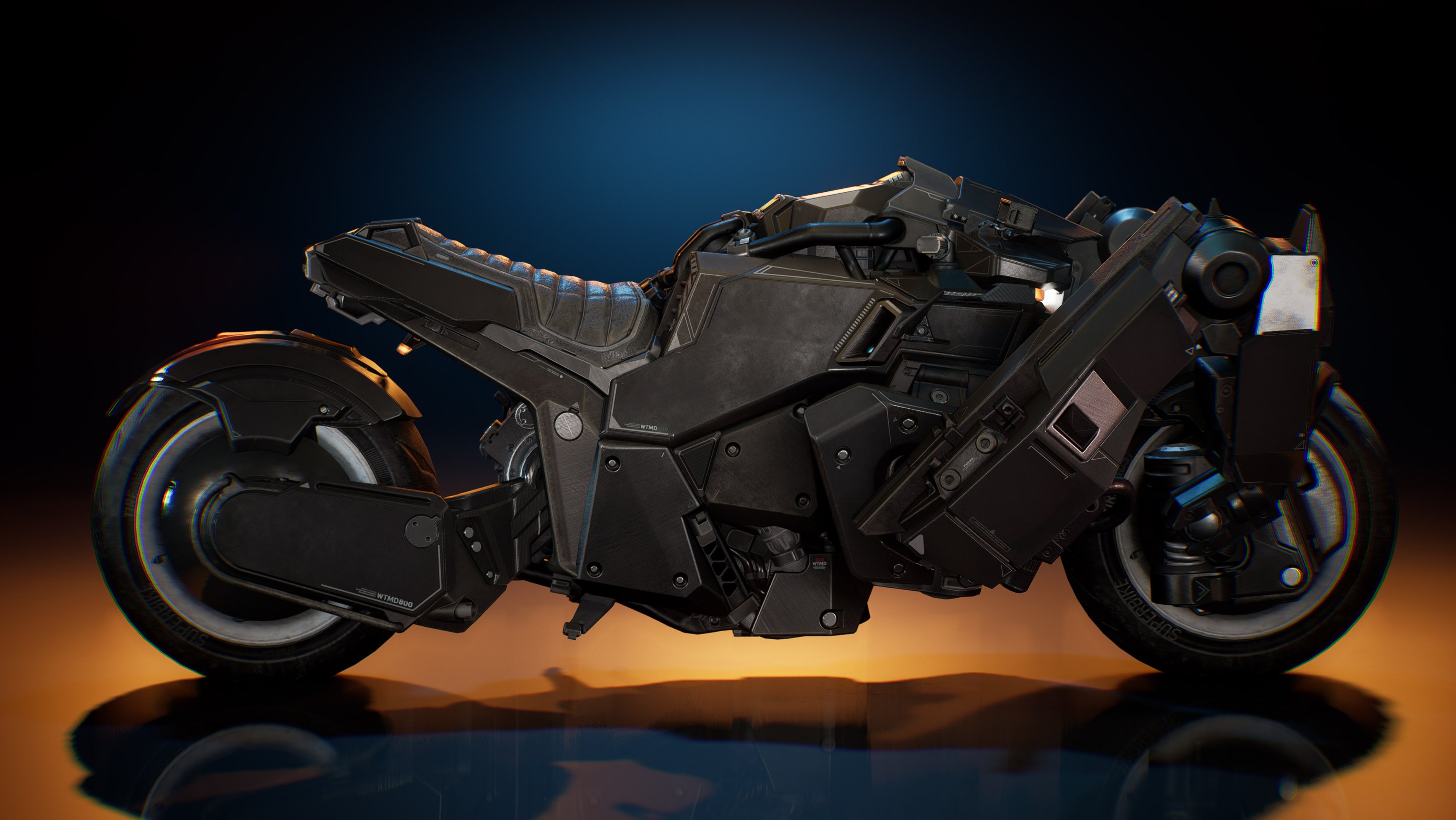
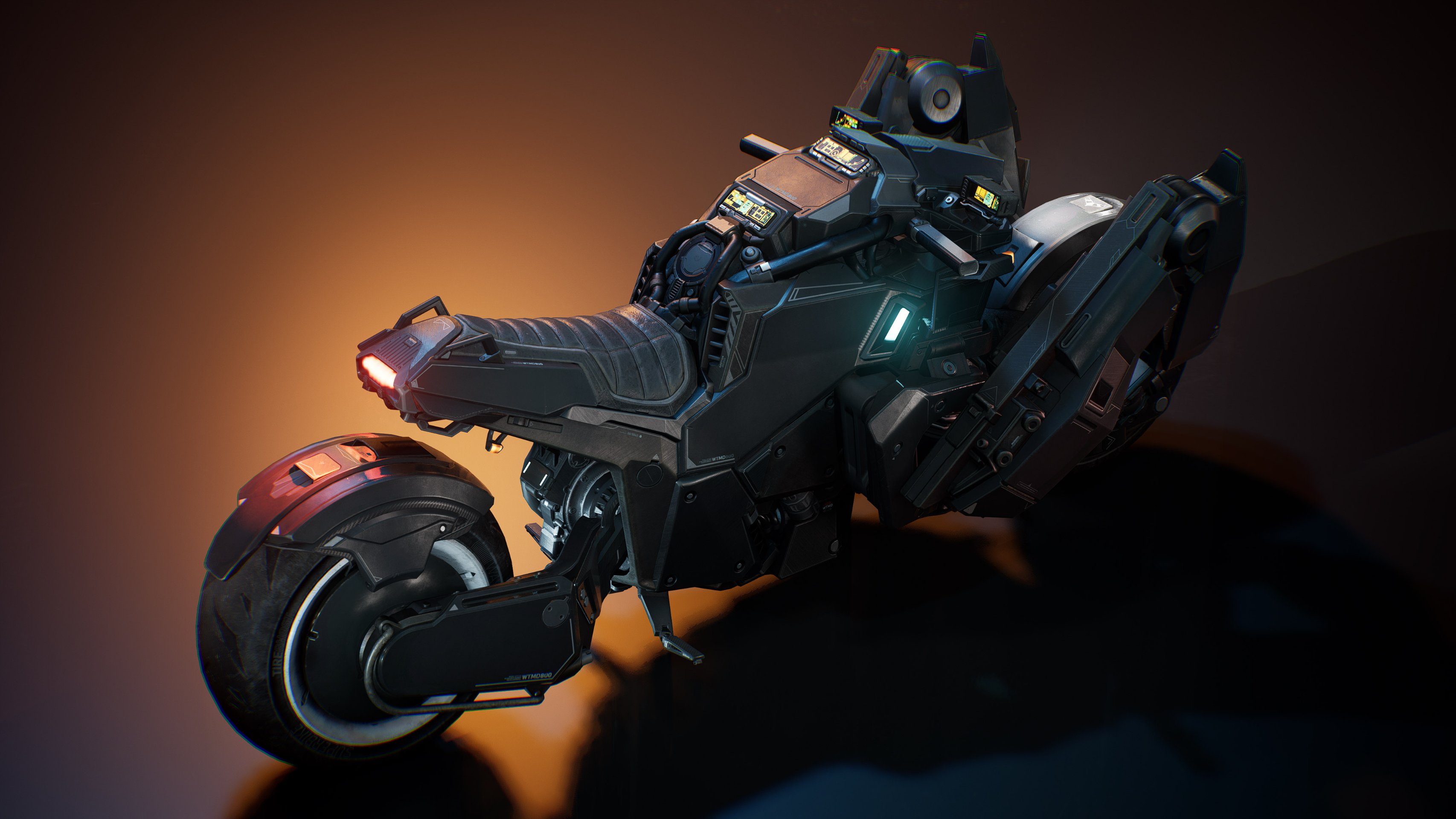

Nrama: Is there anything else you'd like to add?
Narcisse: There's a lot of postmodern fan discourse about how Bruce should use his money to fund social services and stuff. I think that's a valid critique, but I also feel like one of the things that makes Batman combined with Bruce Wayne work as a symbol is that we all get to fantasize: What if there was a rich guy who really cared?
I think it was a Bruce Timm quote, but it's like, Batman's a bad guy, or rather a good guy who looks like a bad guy. And the inherent symbolism of that, I think is still really powerful. The people who choose to follow in his wake and the tension between them not necessarily always agreeing with him in terms of worldview but also agreeing that this can be a way they make people's lives better... I think that's a really powerful idea.
Batman: Gotham Knights - Gilded City #1 will be available October 25, four days after the early release of the Gotham Knights video game for PC, PS5, and Xbox Series X.
Don't miss all the new Batman comics, graphic novels, and collections from DC in 2022 (and 2023).

Samantha Puc (she/they) is an editor at Newsarama and an avid comics fan. Their writing has been featured on Refinery29, Bitch Media, them., The Beat, The Mary Sue, and elsewhere. She is currently pursuing a Master of Fine Arts degree in creative nonfiction at The New School.


